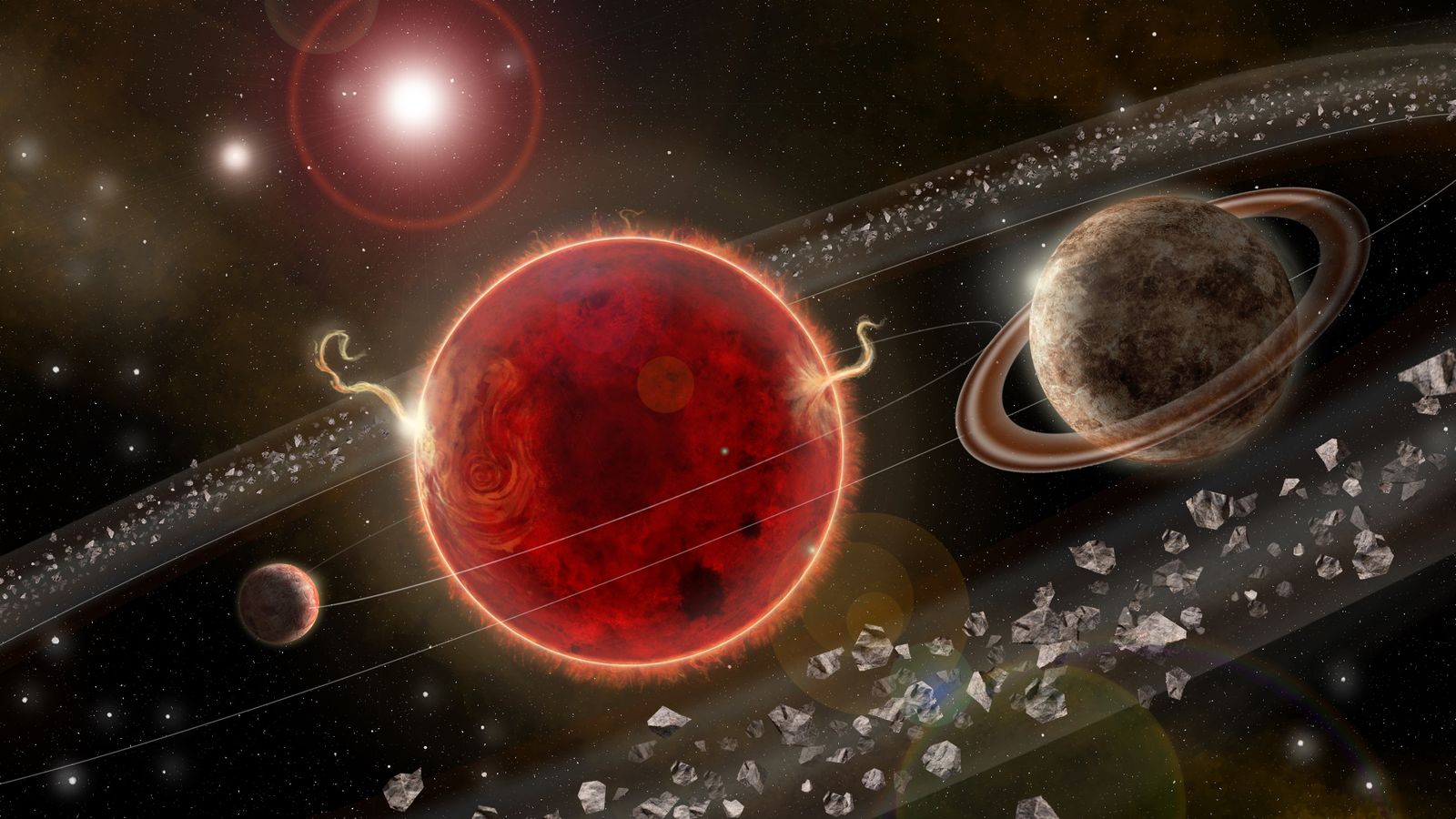Astronomers have detected a new planet around the star closest to the Sun.
Using the European Southern Observatory’s Very Large Telescope (ESO’s VLT) in Chile, they found evidence of the body orbiting Proxima Centauri.
The candidate planet is the third detected in the system and is just a quarter of Earth’s mass, making it the lightest yet discovered orbiting this star – which is just over four light-years away from the Sun.
It is also one of the lightest exoplanets – a planet outside the Solar System – ever found, the researchers said.
Lead author Joao Faria, a researcher at the Institute of Astrophysics and Space Sciences in Portugal, said: “The discovery shows that our closest stellar neighbour seems to be packed with interesting new worlds, within reach of further study and future exploration.”
Named Proxima d, the newly discovered planet orbits Proxima Centauri at a distance of about four million kilometres – less than a 10th of Mercury’s distance from the Sun.
Astronomers found it orbits between the star and the habitable zone – the area around a star where liquid water can exist at the surface of a planet – and takes just five days to complete one orbit of Proxima Centauri.
Scientists unveil ‘most accurate’ virtual representation of universe, backing Cold Dark Matter model
NASA plans to take International Space Station out of orbit in January 2031 by crashing it into ‘spacecraft cemetery’
Milky Way discovery as astronomers uncover ‘spooky’ spinning object unlike anything seen before
Read more: Scientists unveil ‘most accurate’ virtual representation of universe
The star is already known to host two other planets.
Proxima b, which orbits the star every 11 days, has a mass comparable to that of Earth, and is within the habitable zone.
Follow the Daily podcast on Apple Podcasts, Google Podcasts, Spotify, Spreaker
Proxima c is on a longer five-year orbit around the star.
The discovery of Proxima b was confirmed in 2020 when scientists observed the system with a new instrument, the Echelle SPectrograph for Rocky Exoplanets and Stable Spectroscopic Observations (ESPRESSO), that had greater precision.
During these observations, astronomers spotted the first hints of a signal corresponding to an object with a five-day orbit.






















